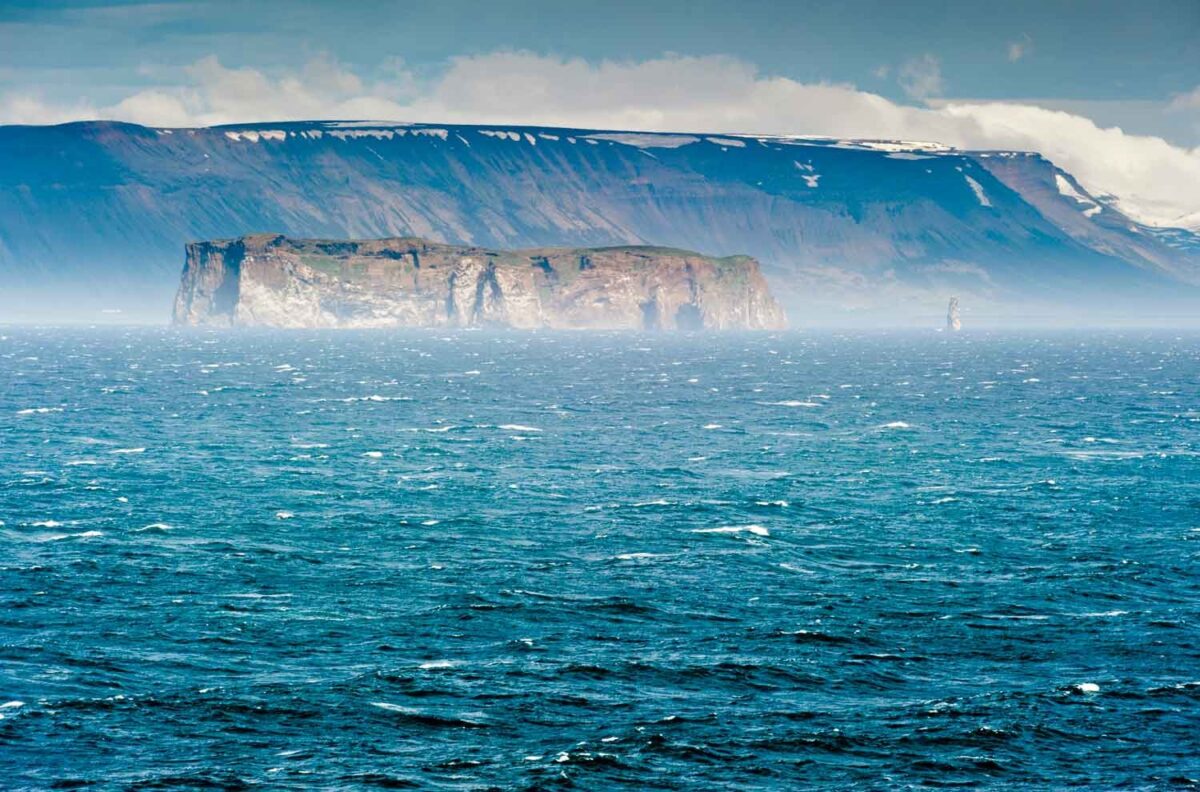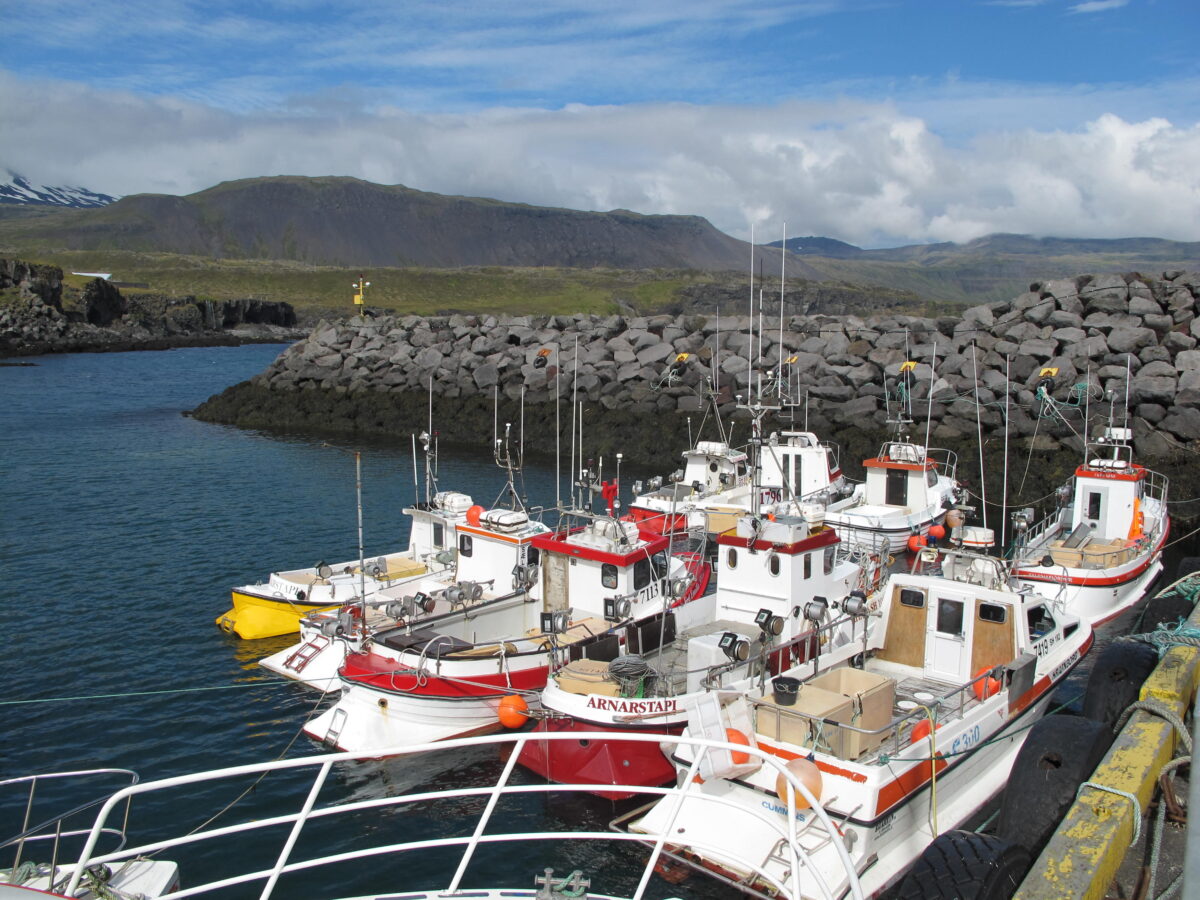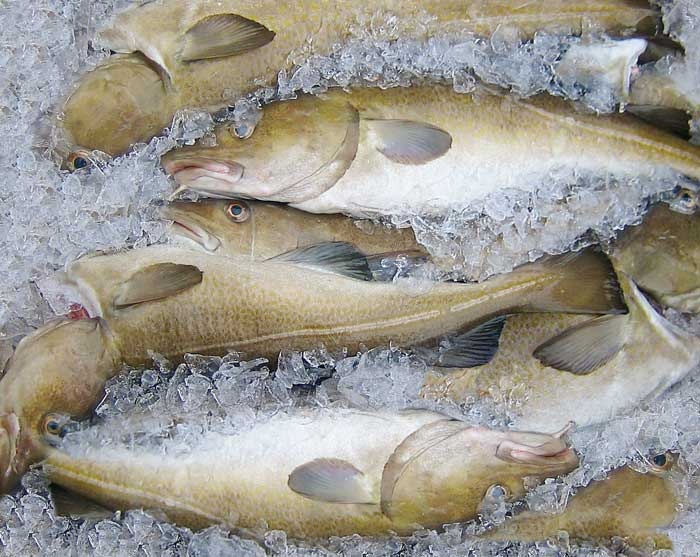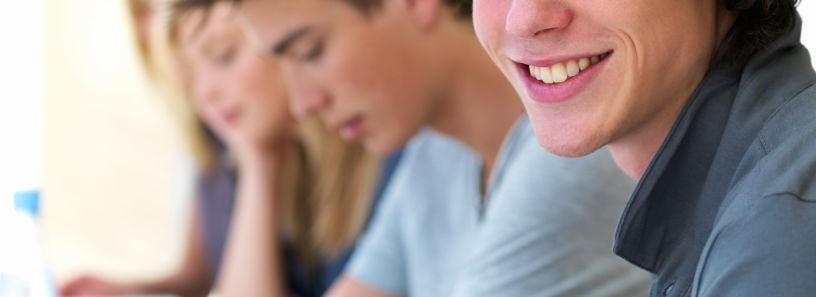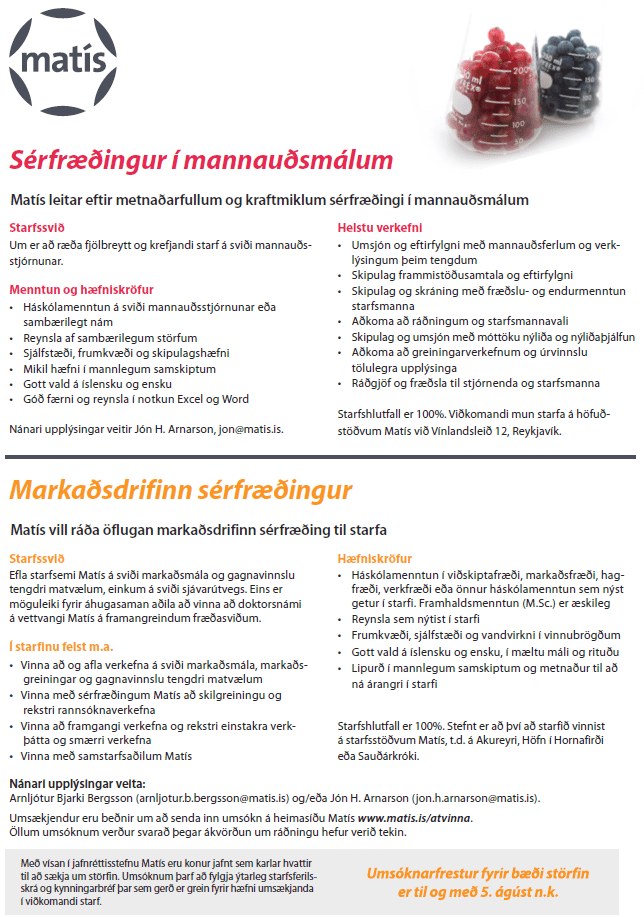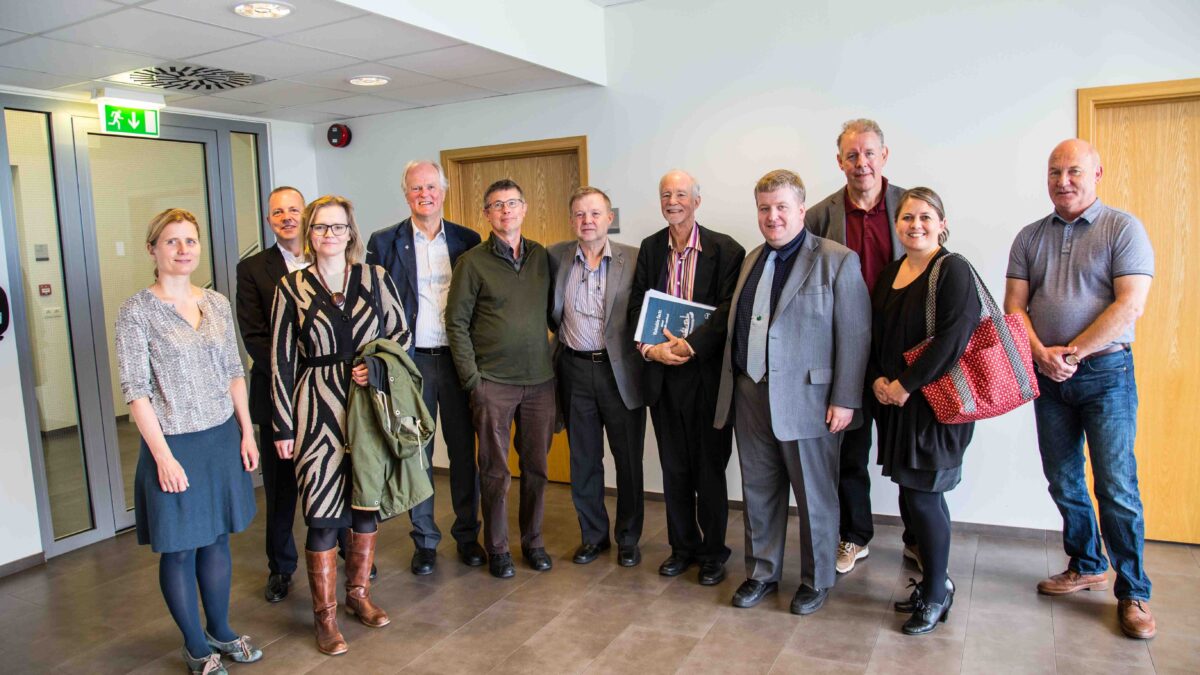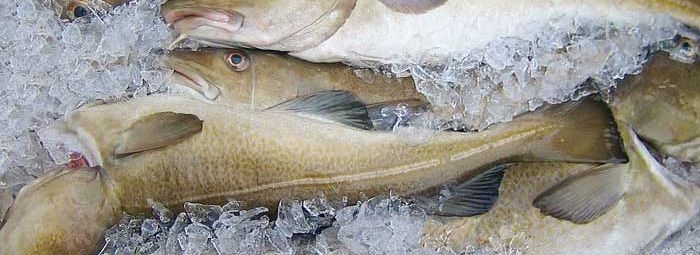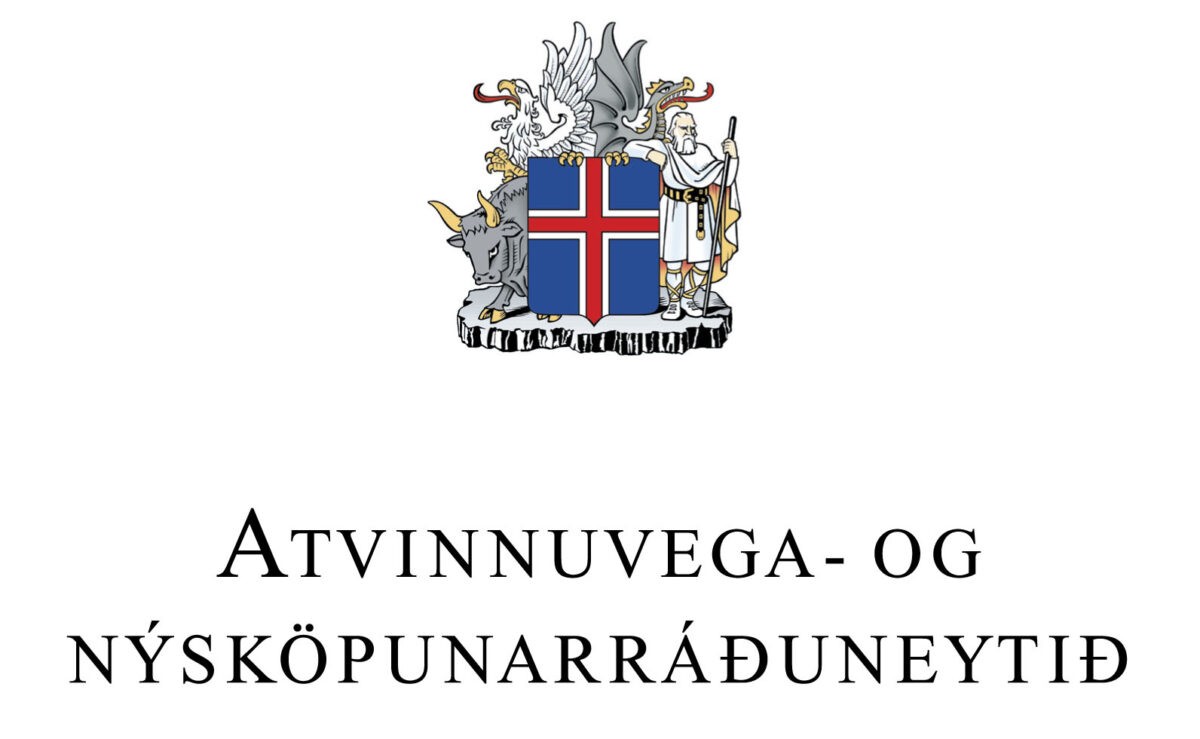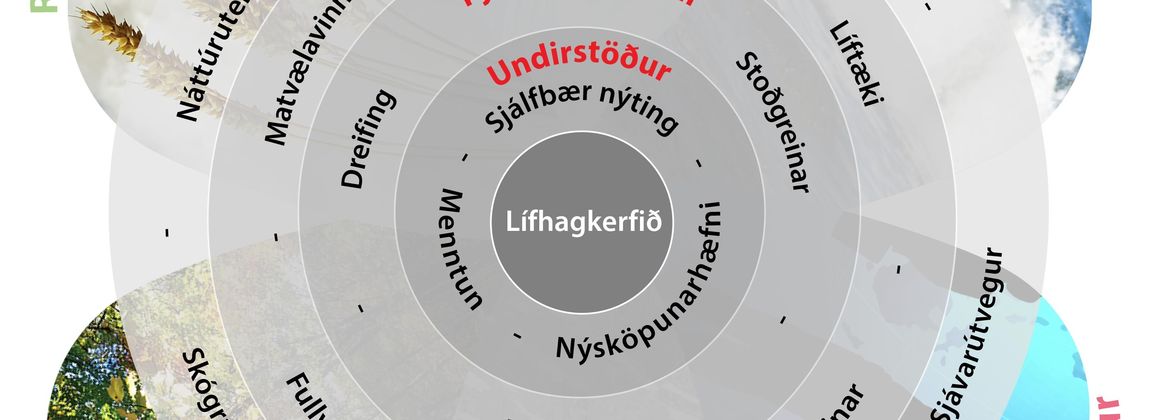Rector of the United Nations University (UNU) dr. David M. Malone visits Iceland and the UNU schools that operate in this country this week. On Monday 6 July, Rector David and his entourage visited Matís.
Rector of the United Nations University ( e. United Nations University - UNU) dr. David M. Malone is in Iceland this week with Max Bond, Assistant Rector of the United Nations University, visiting the schools of the United Nations Universities hosted in Iceland. In Iceland there are: from 1980 Geothermal school ( e. Geothermal Training Program - UNU-GTP), from 1998 Fisheries School ( e. Fisheries Training Program - UNU-FTP), from 2007 Landgræðsluskóli ( e. Land Restoration Training Program - UNU-LRT) and from 2009 Gender Equality School ( e. Gender Equality Studies and Training Program - UNU-GEST) United Nations University. The operation of the schools is part of Iceland's development cooperation under the auspices of the Ministry for Foreign Affairs.
The program of the good guests is packed. Matís had the honor on Monday 6 July to be among the guests' stops on the first day of their visit to Iceland with an escort. Dr. Tumi Tómasson, director of UNU-FTP, began the guests' visit to Matís with a very short presentation. Dr. Tumi outlined the main reasons why the University of the United Nations decided to focus on the fishing industry in such a way that a special school would be operated here that deals with the issue. In the big picture, there are great opportunities to take better care of what is produced, make the most of it, and at the same time the importance of seafood in the daily consumption of the public in developing countries should be considered.
Arnljótur B. Bergsson, Division Manager of Resources and Products, introduced Matís and how Matís has come to value creation in the Icelandic fisheries sector with improved utilization, better handling and development of processing processes, for example in collaboration with UNU-FTP.

Professor Sigurjón Arason, Matís 'chief engineer, spoke about the integration of Matís' practical research and development projects into studies, including UNU-FTP students. Sigurjón also reported on Matís' involvement in the drying of seafood in Iceland and the smoking and drying of fish in Africa, work that is carried out in collaboration with a well-known fisheries school. Sigurjón also told about four doctors who have graduated from the University of Iceland with the support of UNU-FTP in collaboration with Matís and two doctoral students who are currently studying. Sigurjón also pointed out a report written by a former UNU-FTP student and Matís' main experts in the field of food digestion. use of geothermal energy in food production and was published by Food and Agriculture Organization of the United Nations recently. Discussions arose about the sustainability of fishing, the cleanliness of the environment and the future intentions of the doctoral students.

At the end of the short meeting, the guests were shown Matís' facilities on Vínlandsleið. The guests found the facilities exemplary. On their way around the house, the guests were introduced to doctoral students Cyprian Ogombe Odoli from Kenya and Dang Thi Thu Huong from Vietnam. The guests encouraged them in light of the importance of the subject of their research.
Matís hopes for continued good co-operation with the schools of the United Nations High School that operate in this country and hopes that dr. David M. Malone, Rector, and Max Bond, Vice-Chancellor of the United Nations University, enjoy their stay and benefit from the visits.

